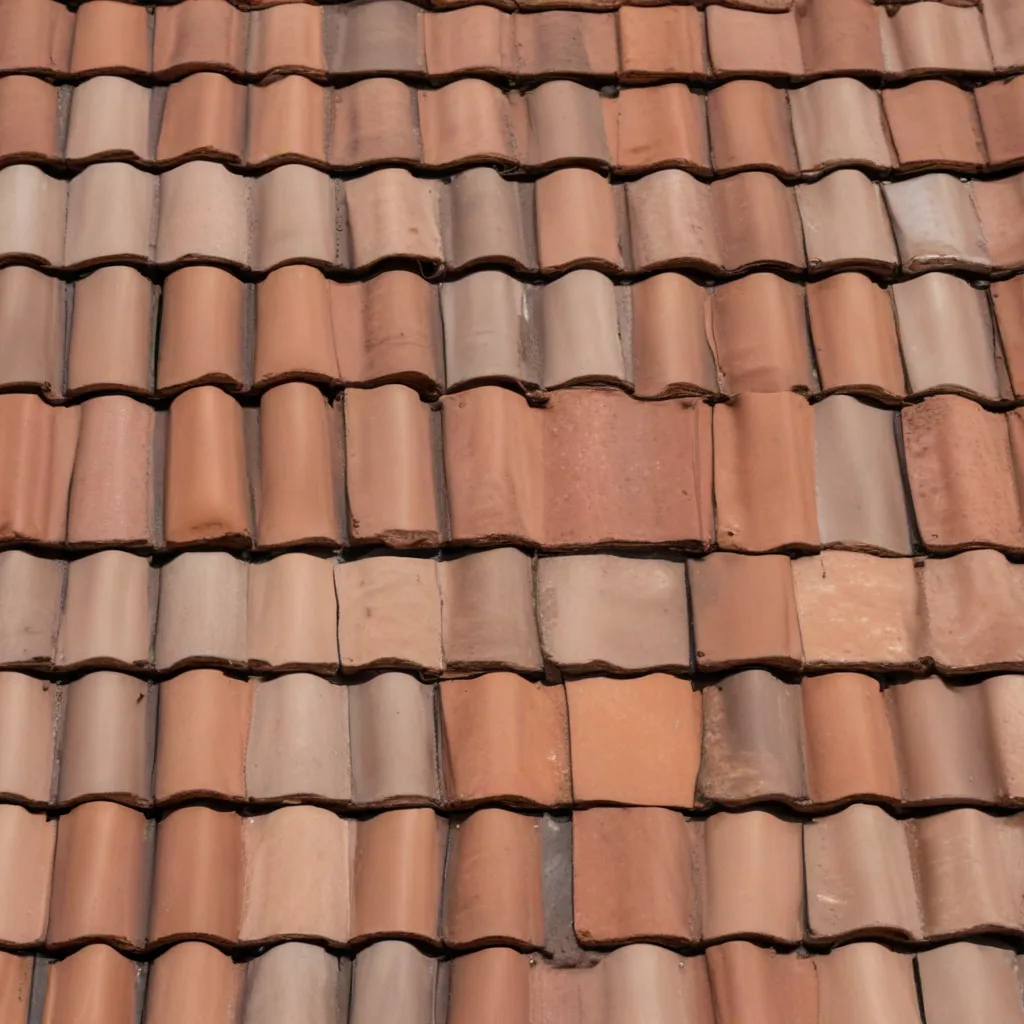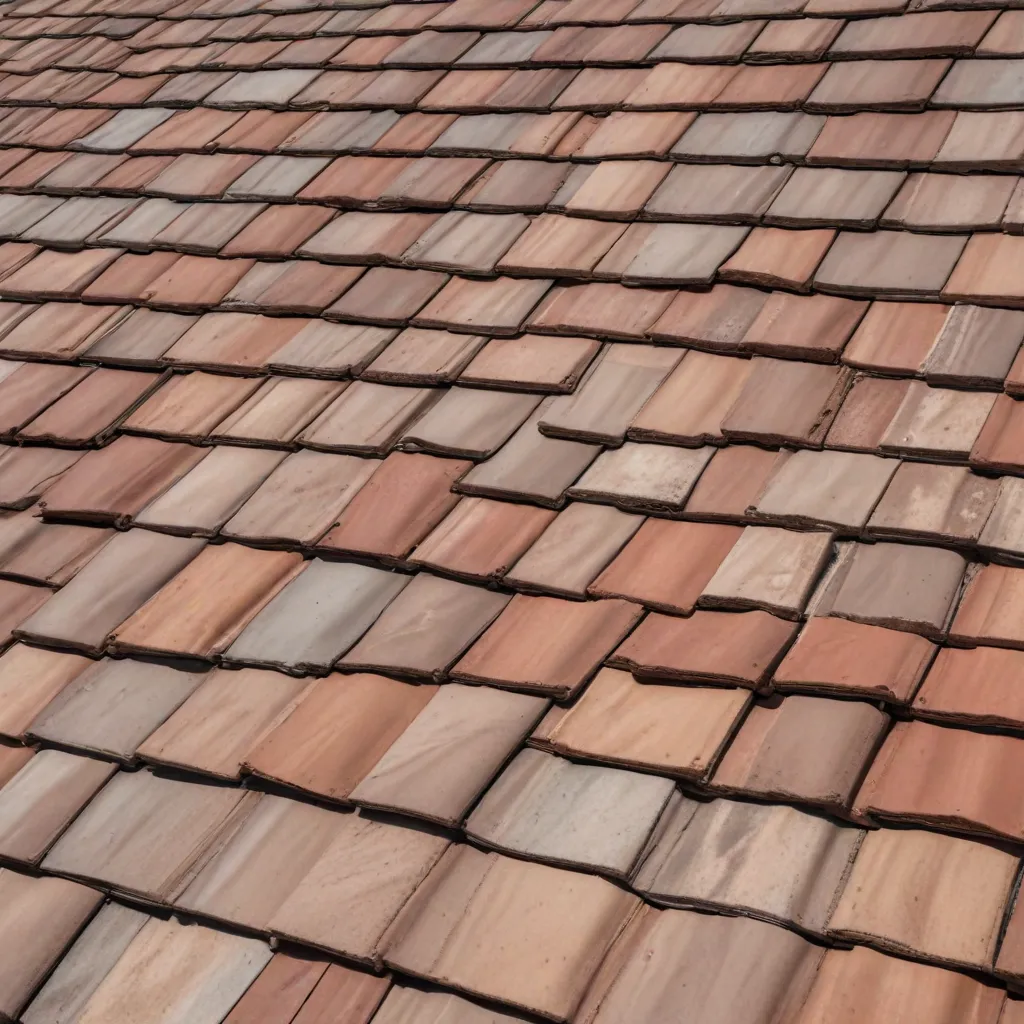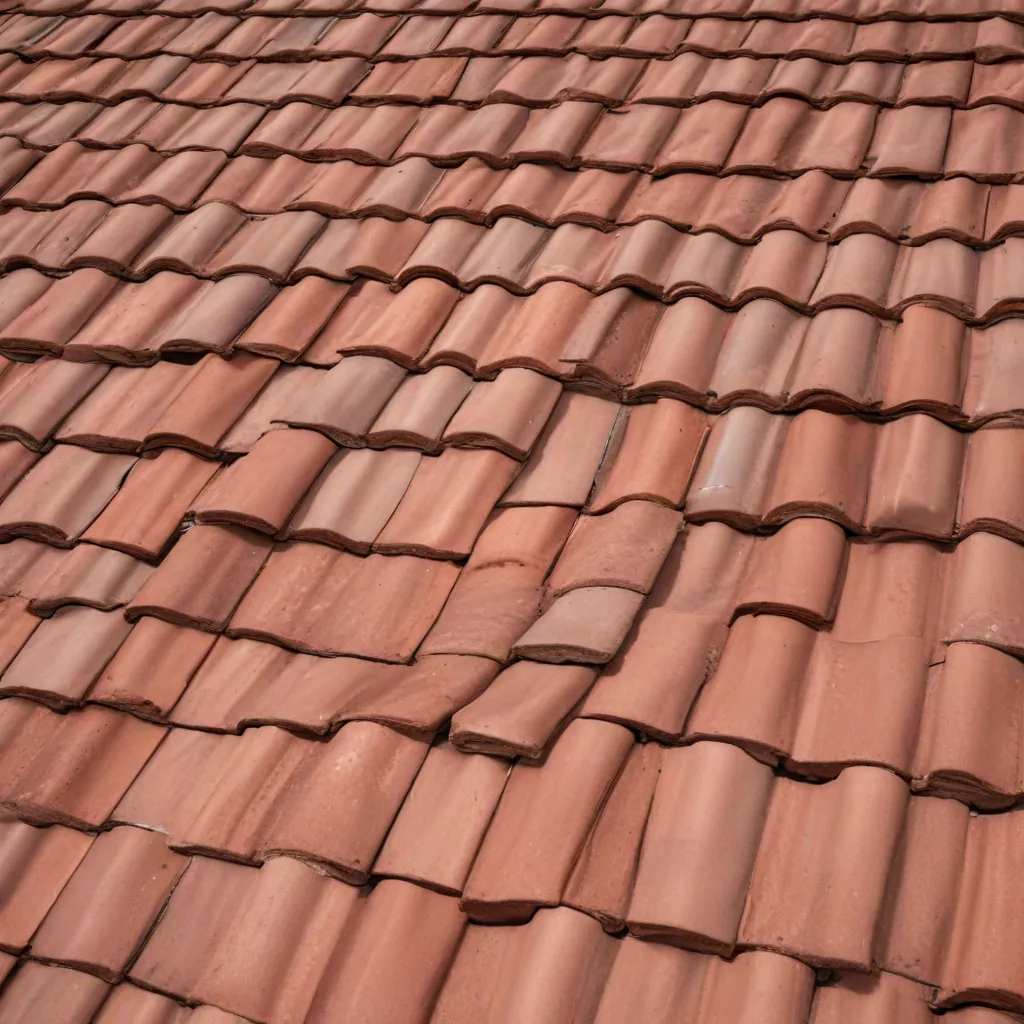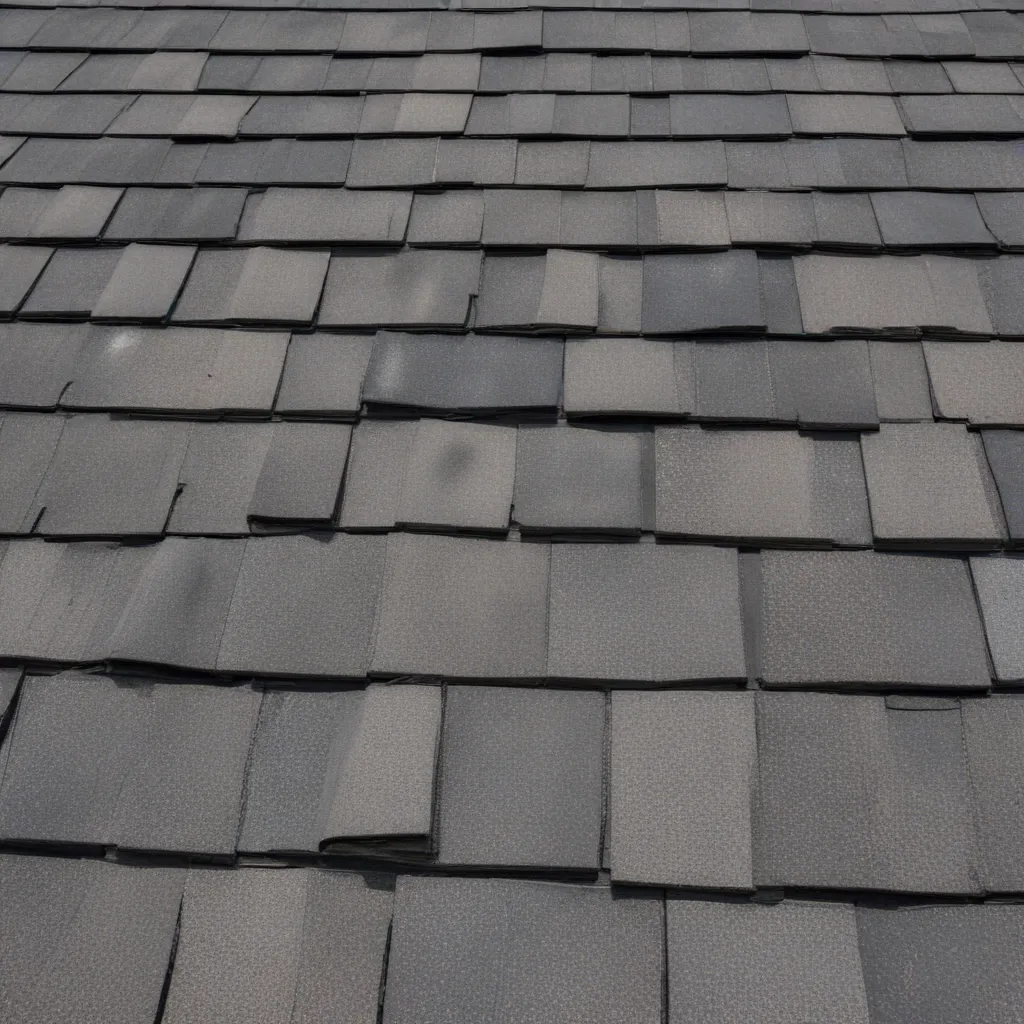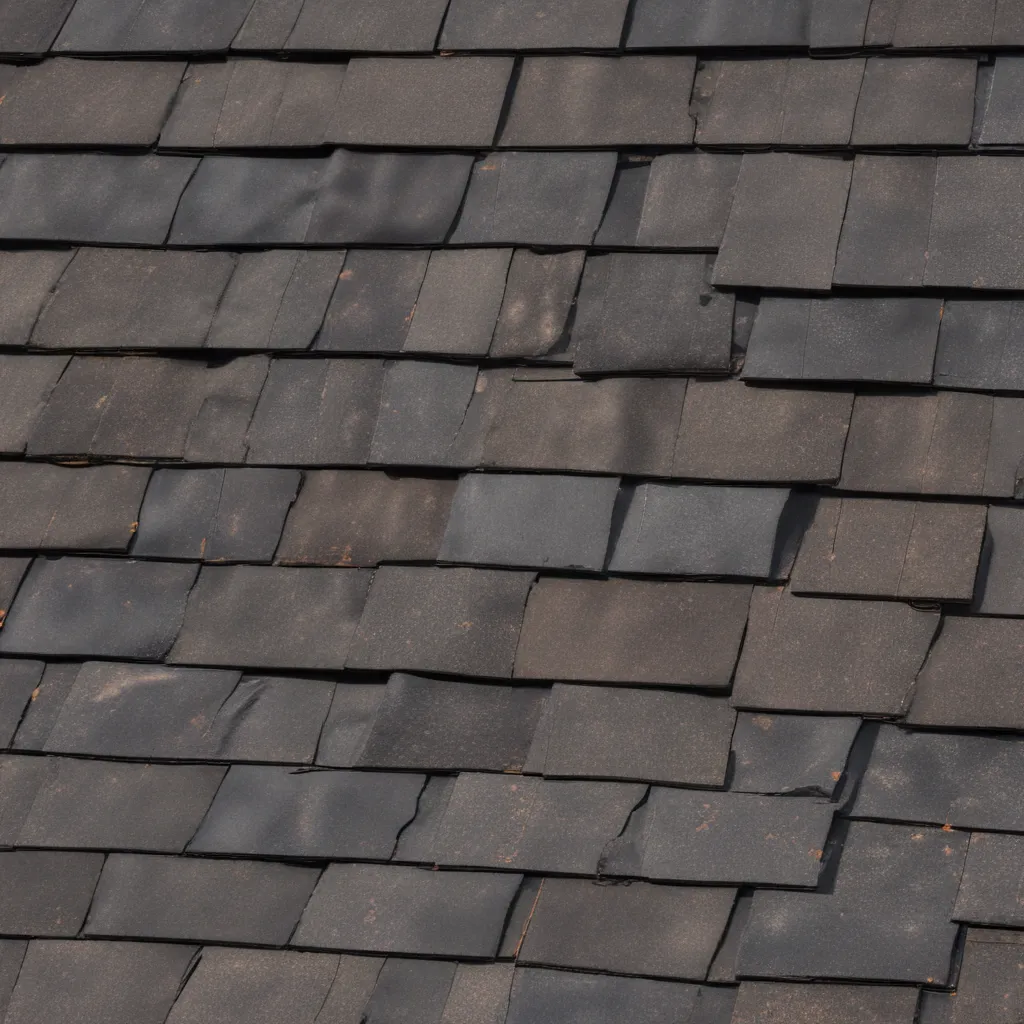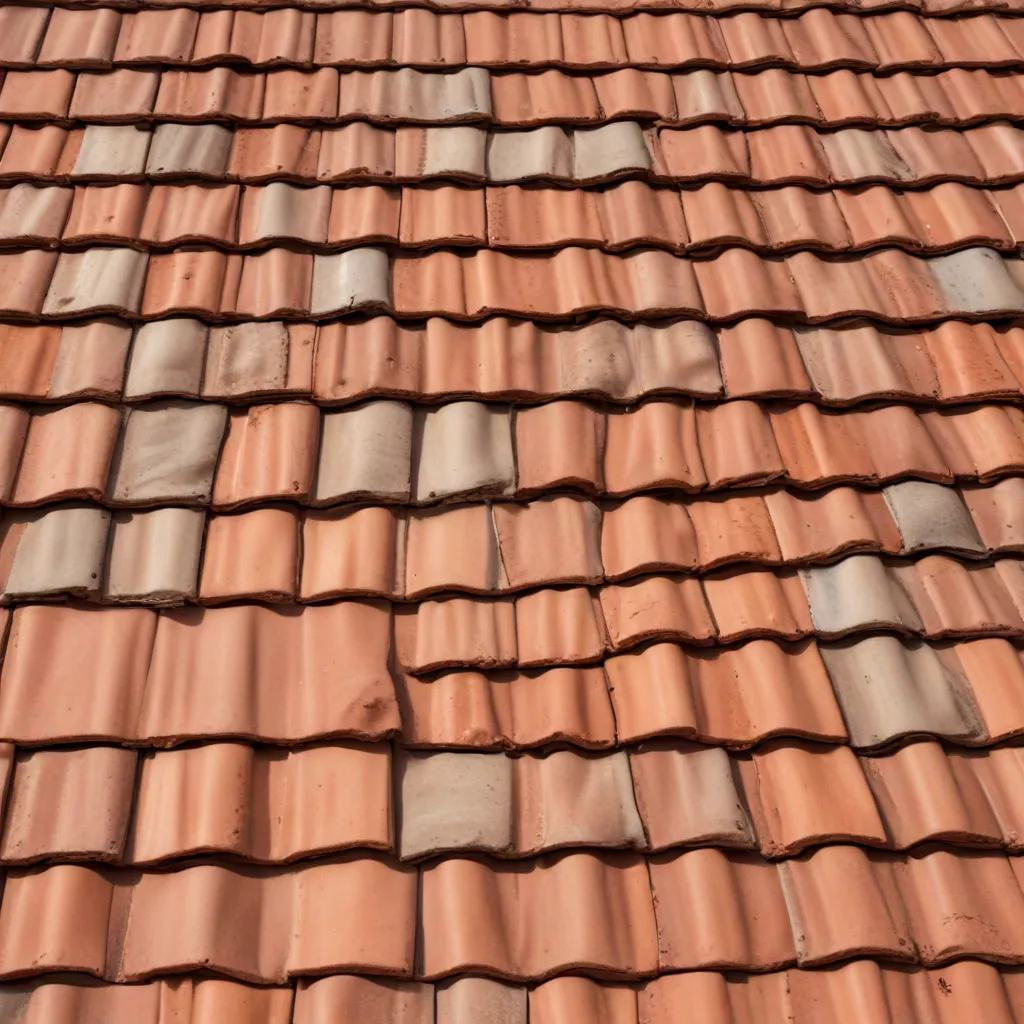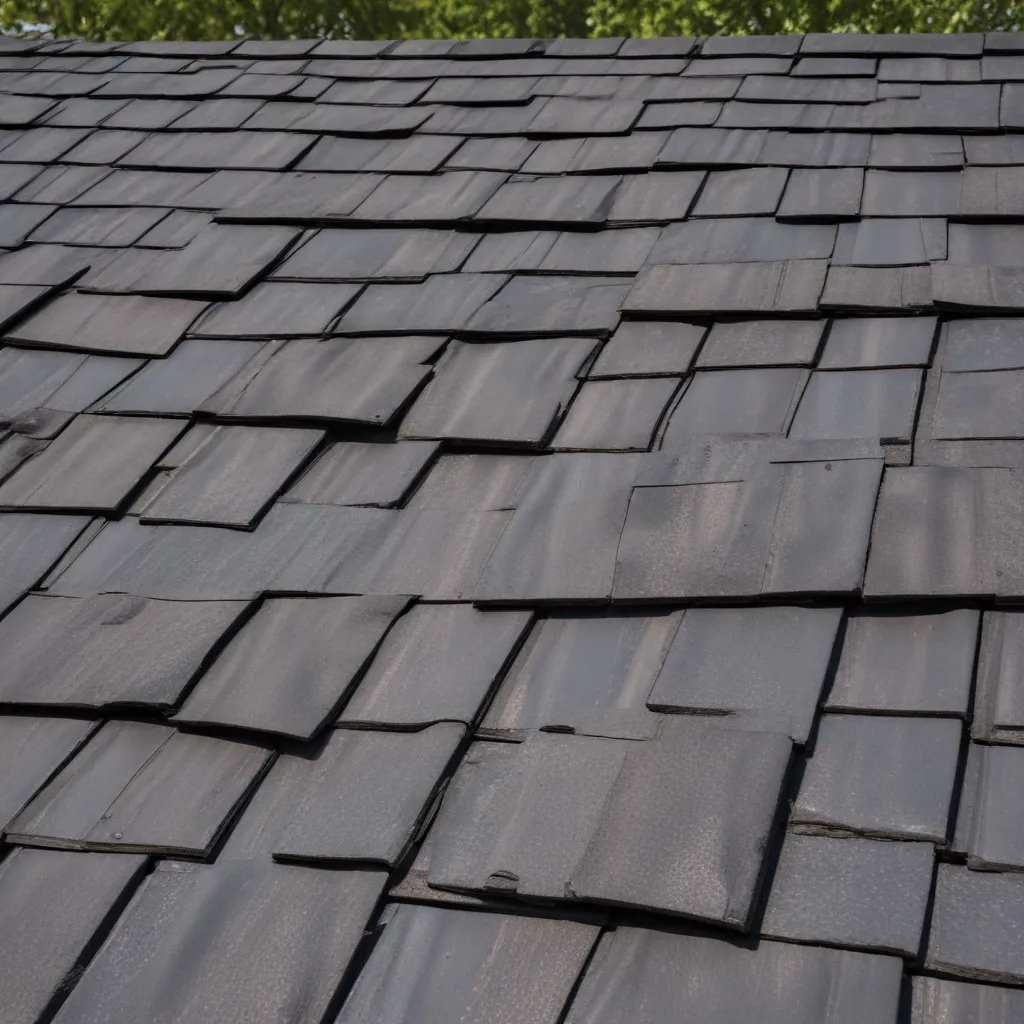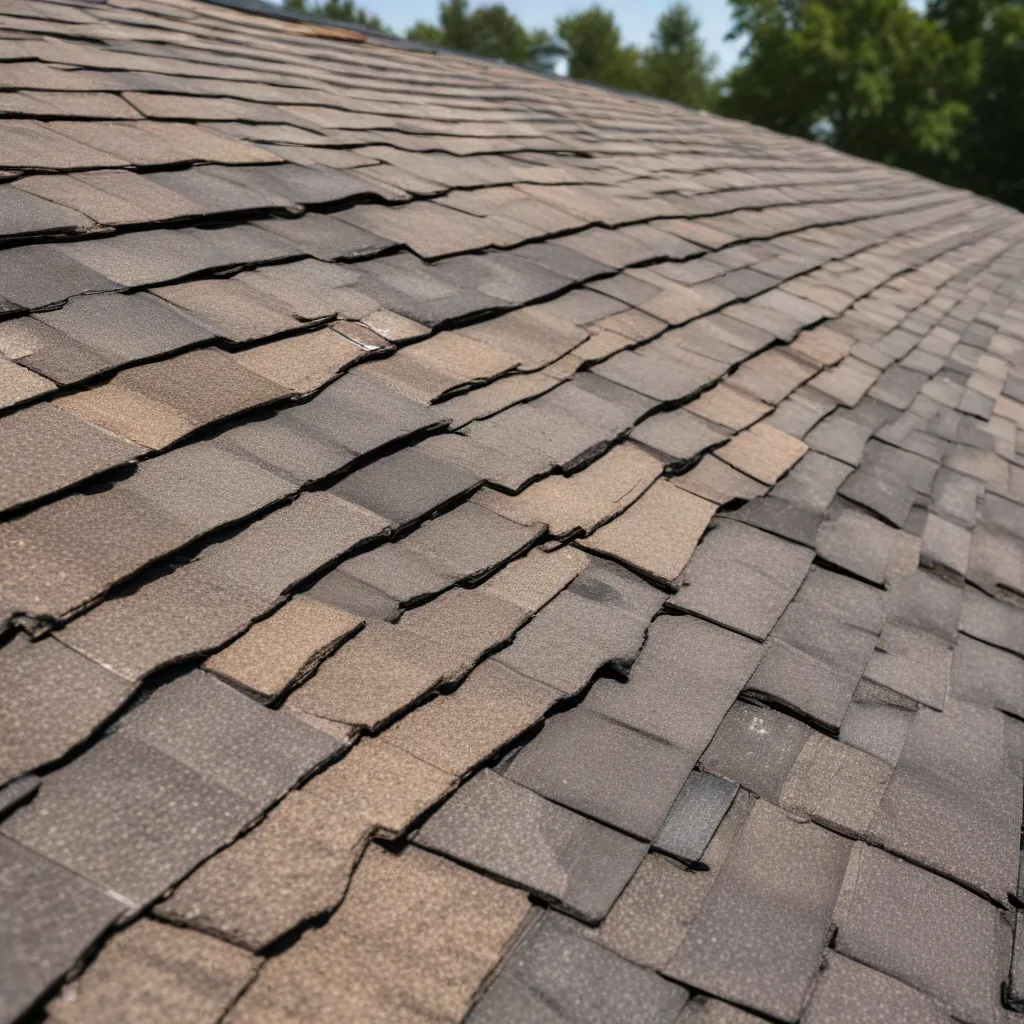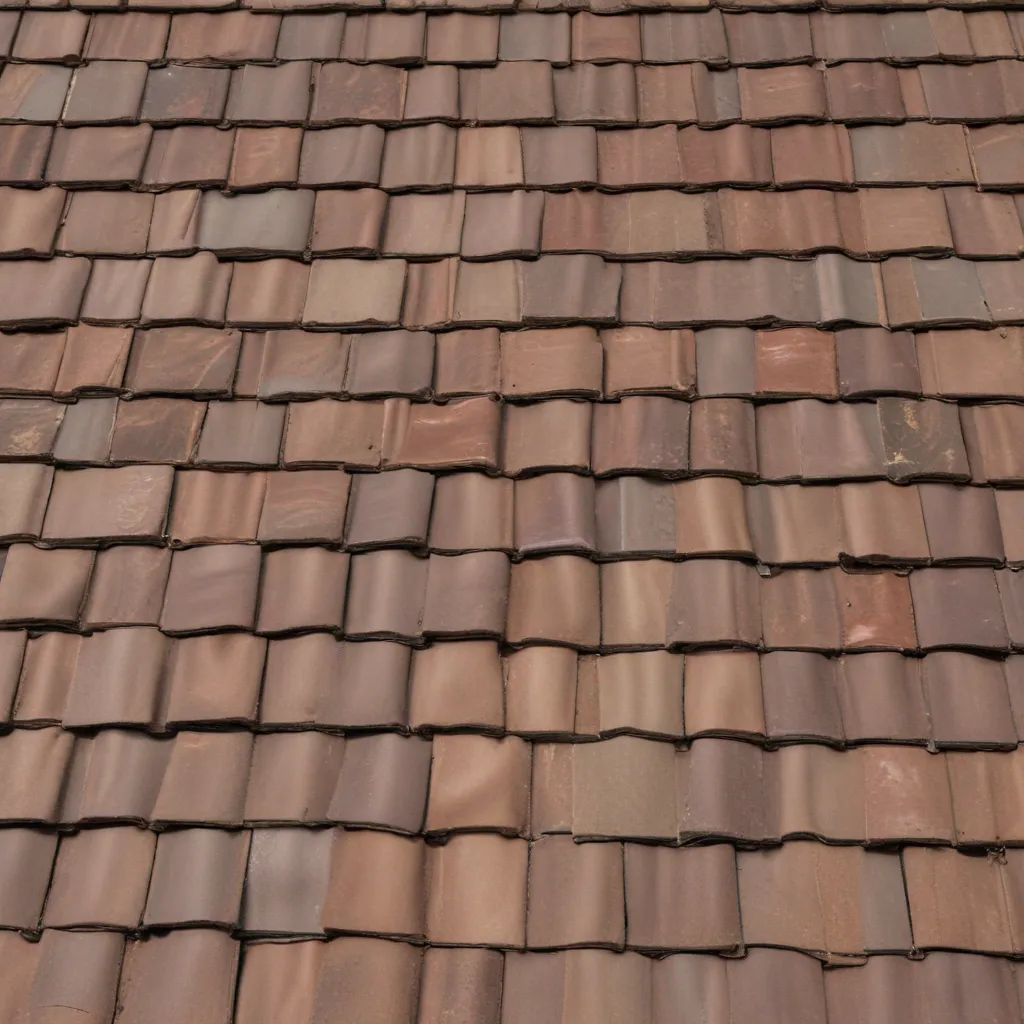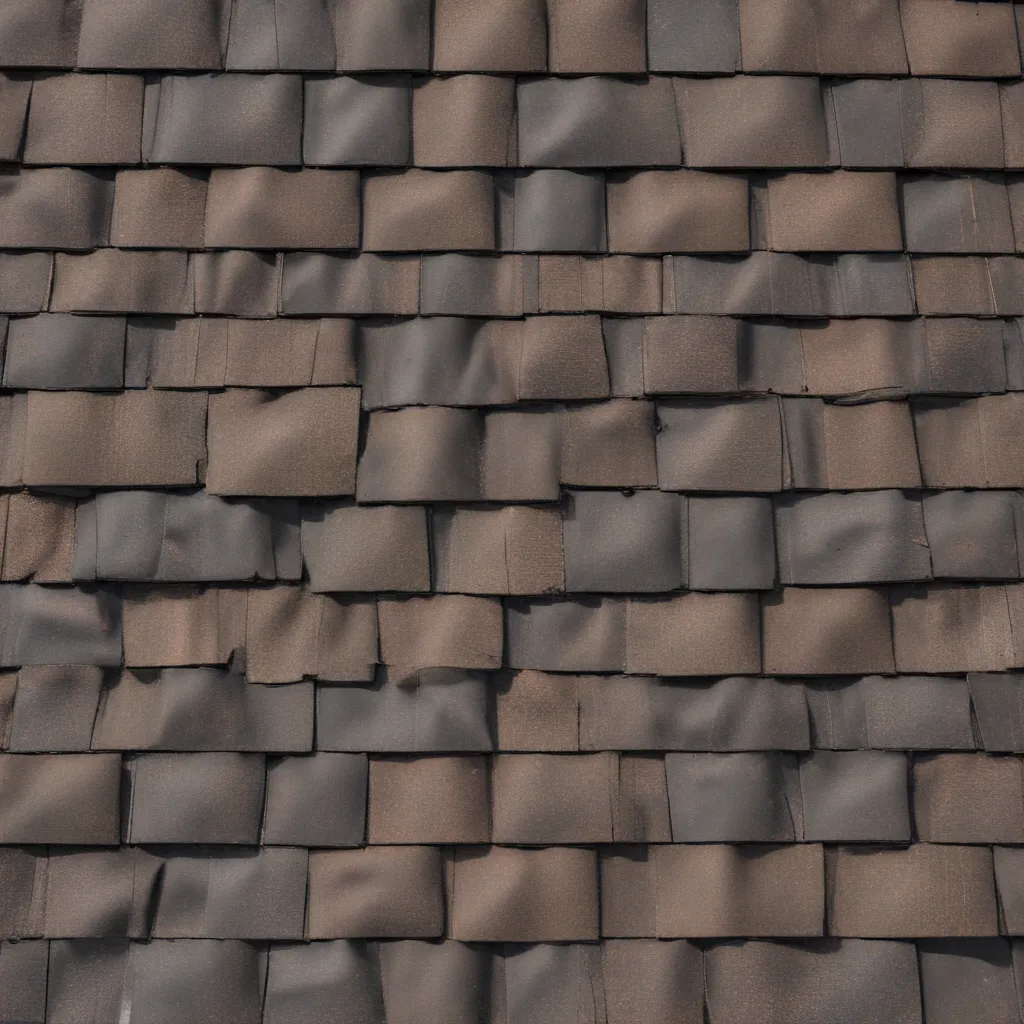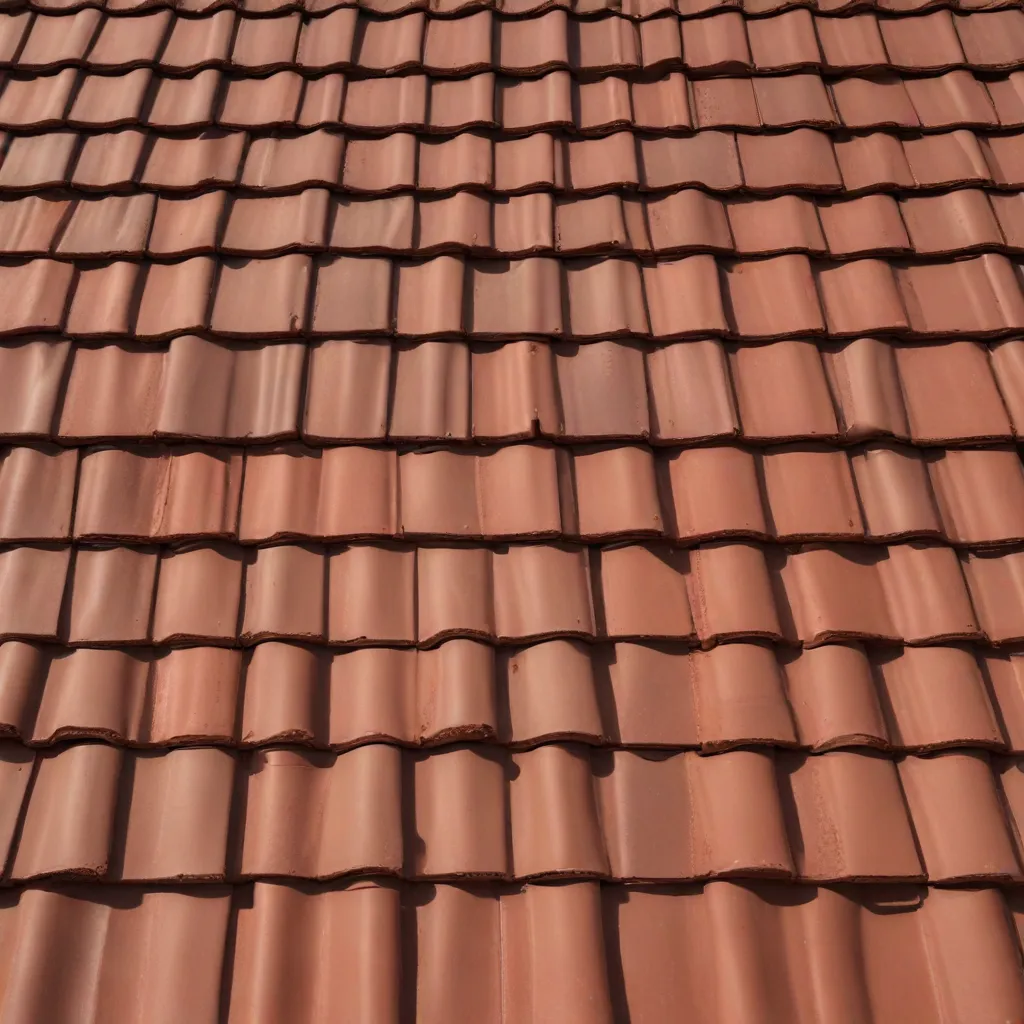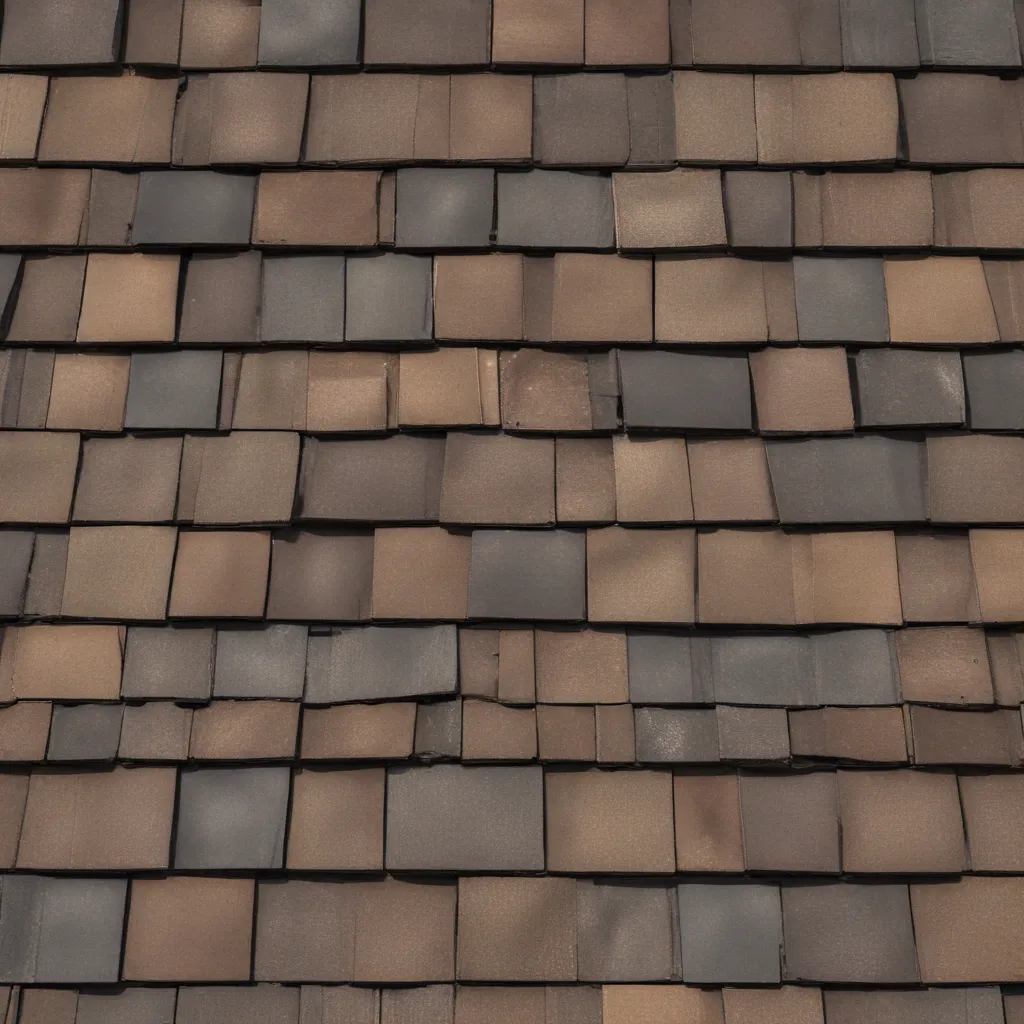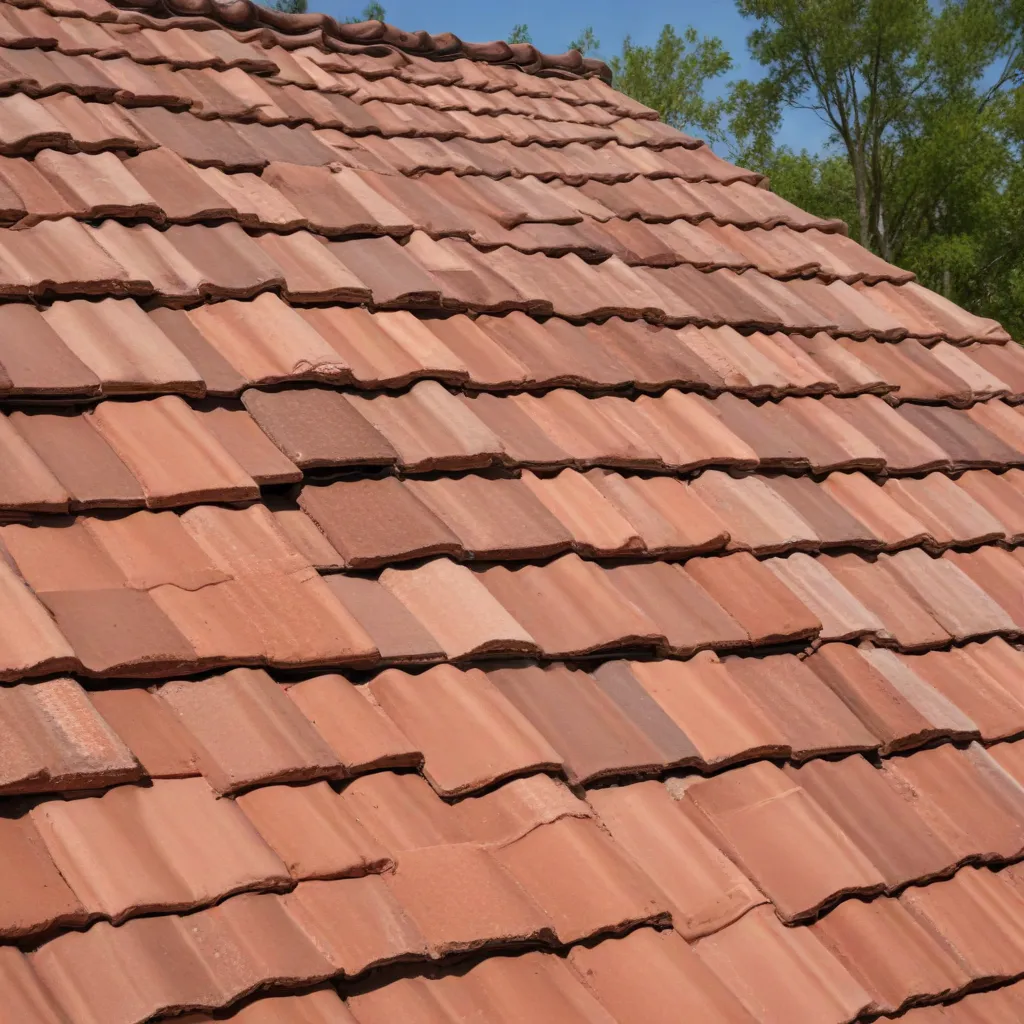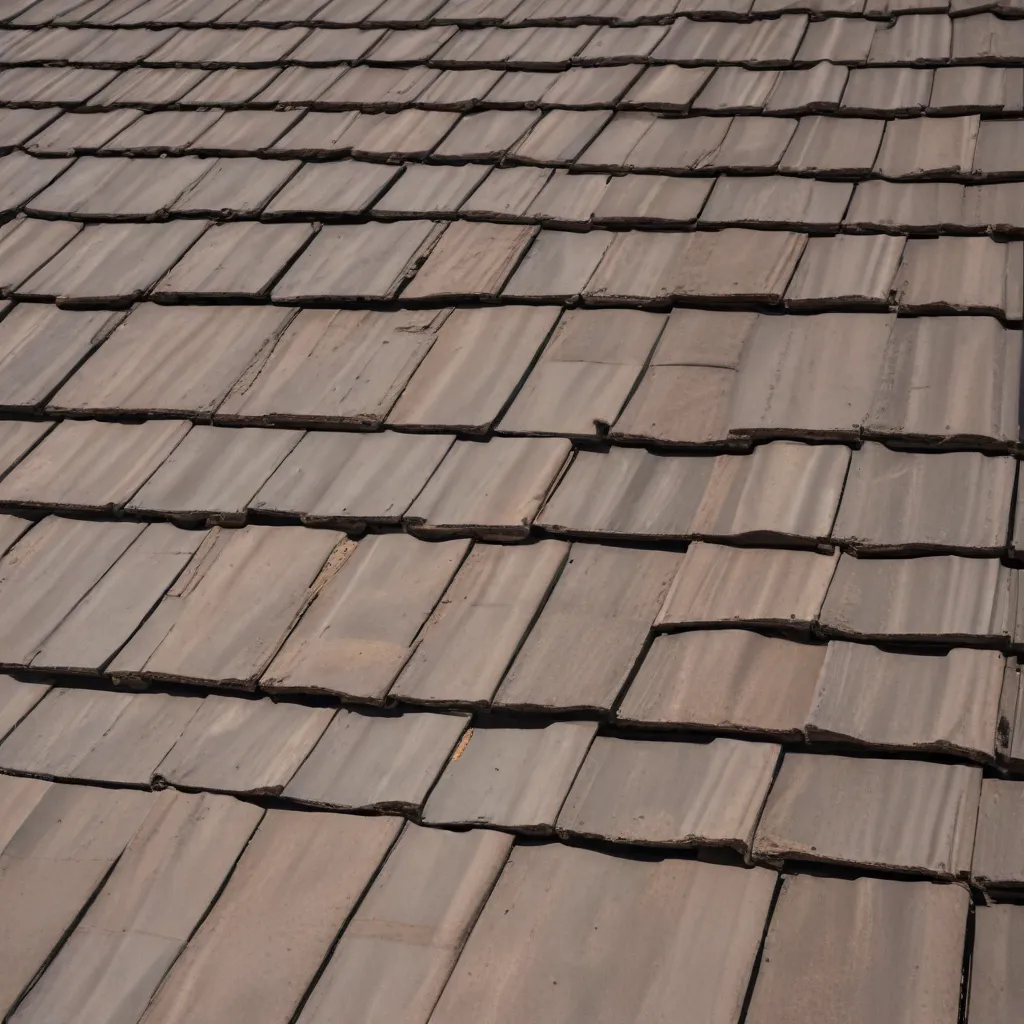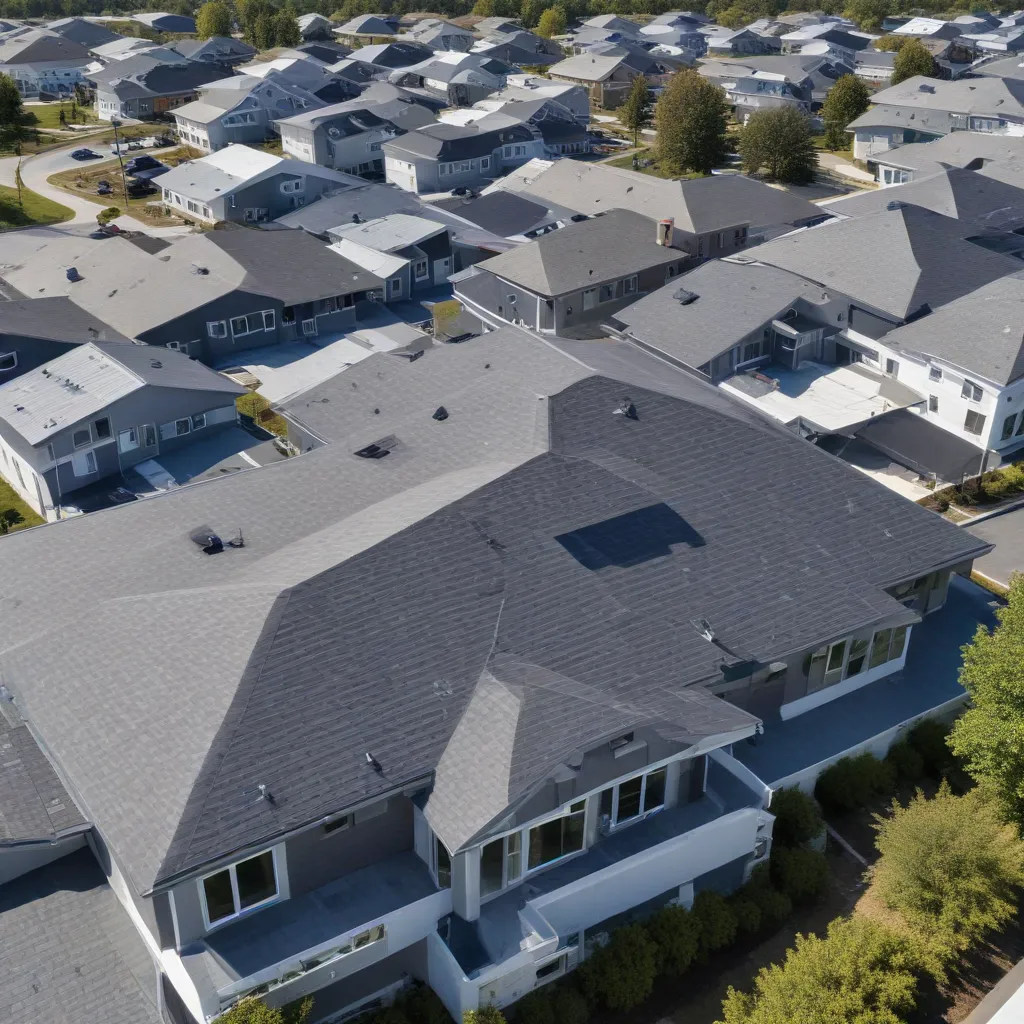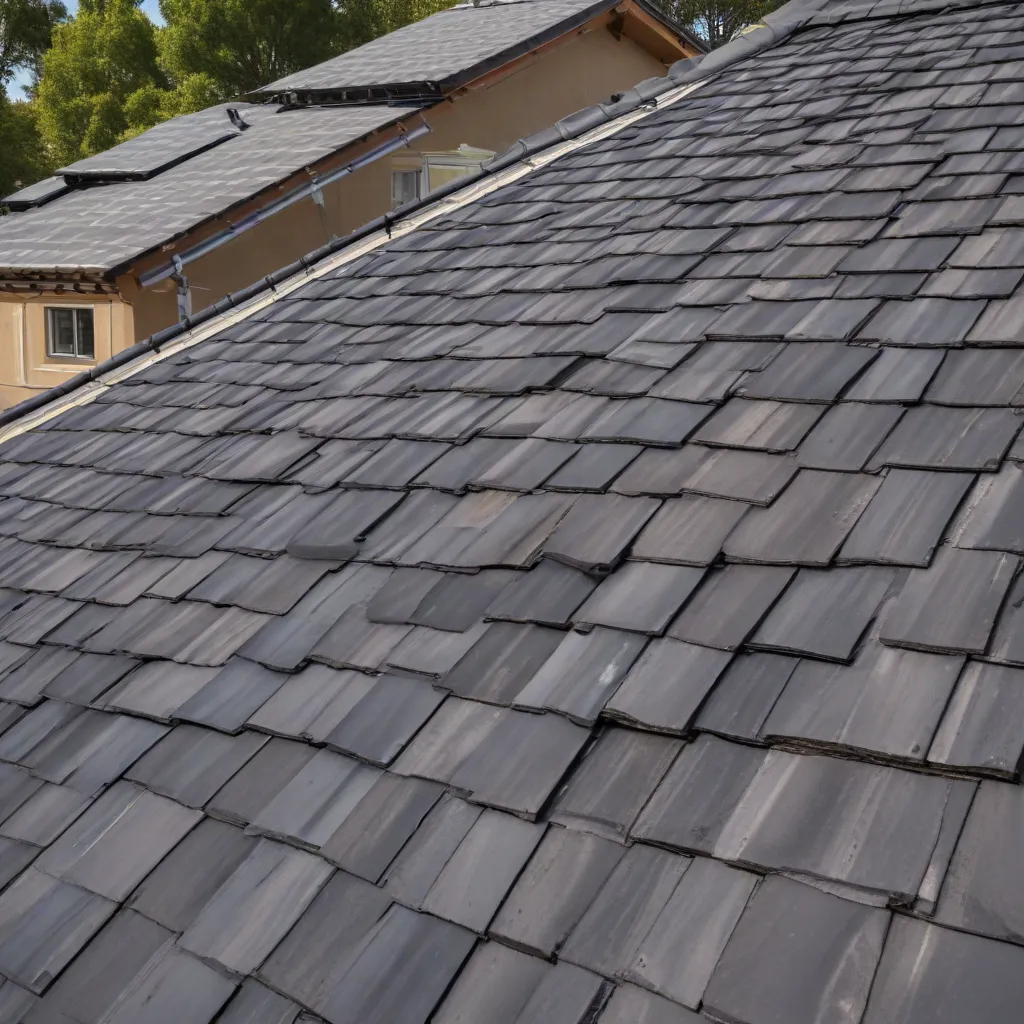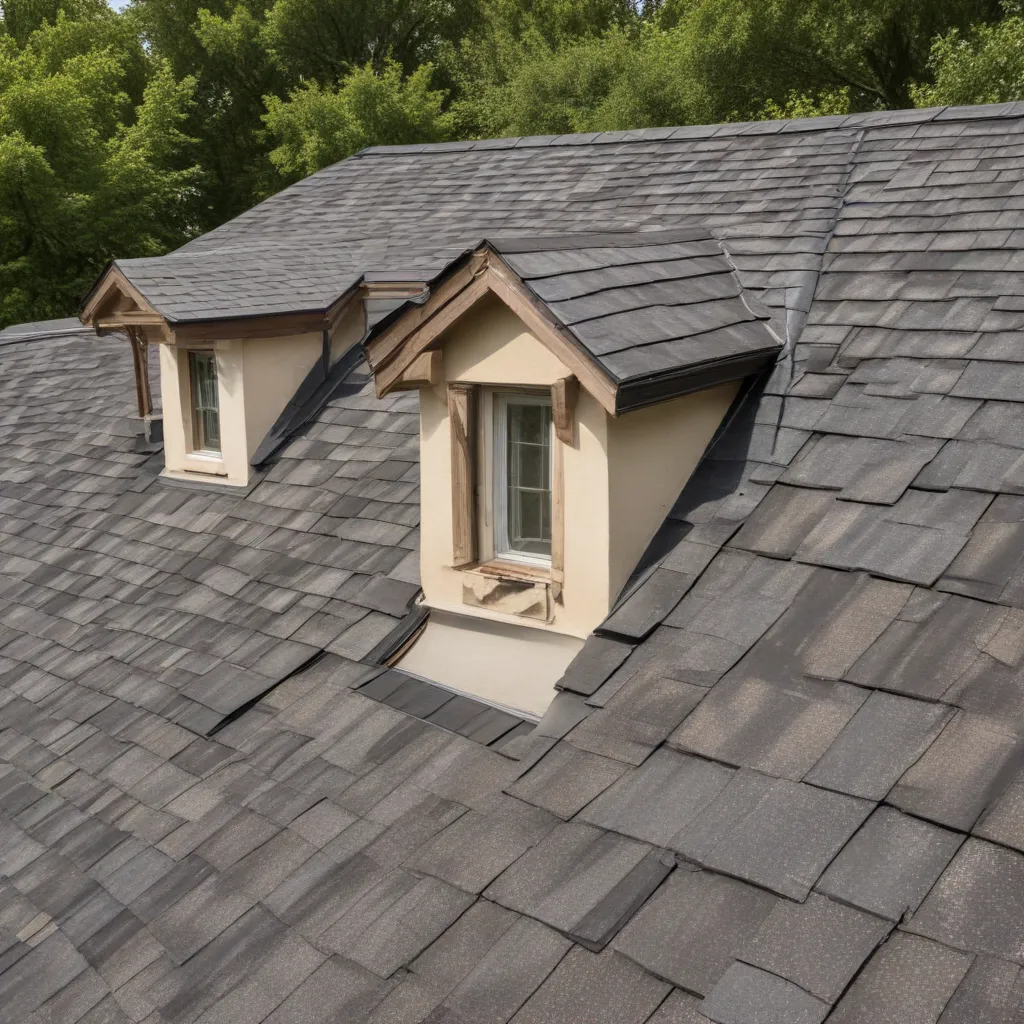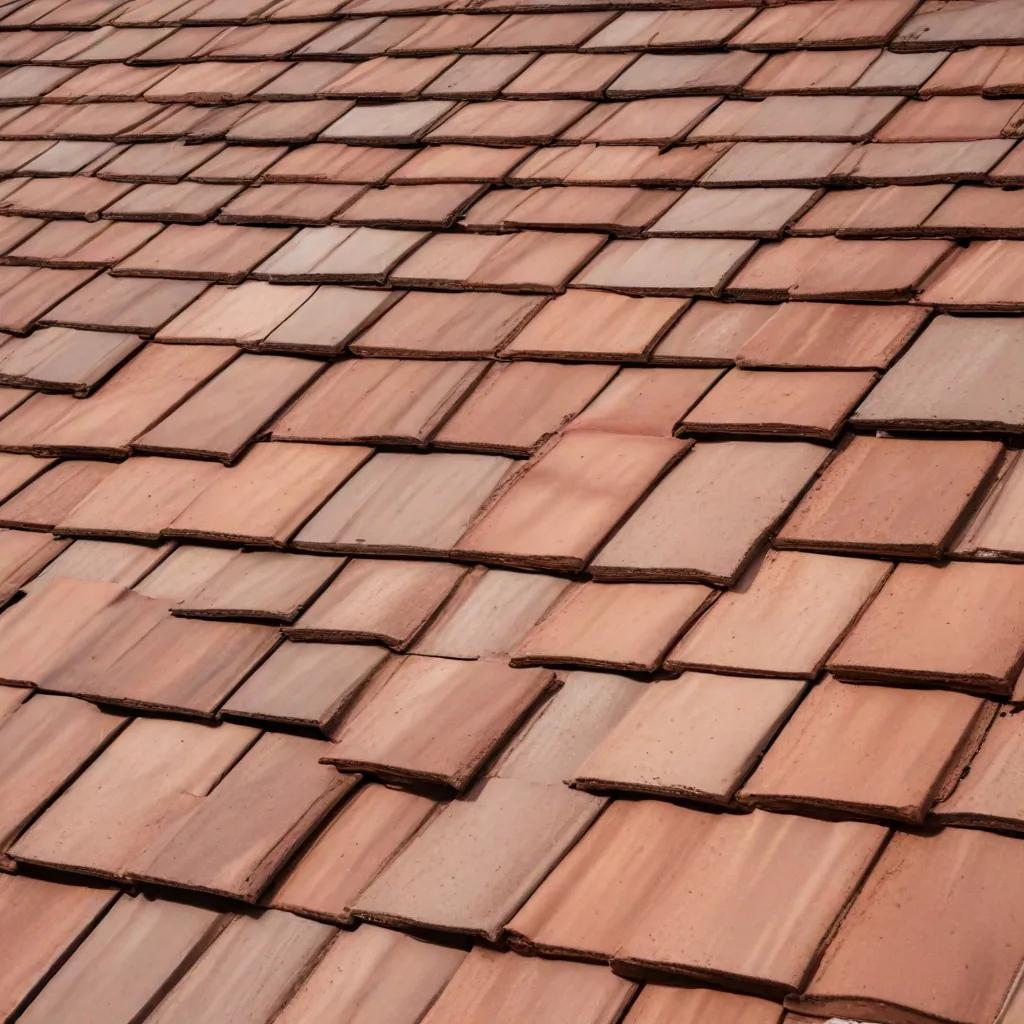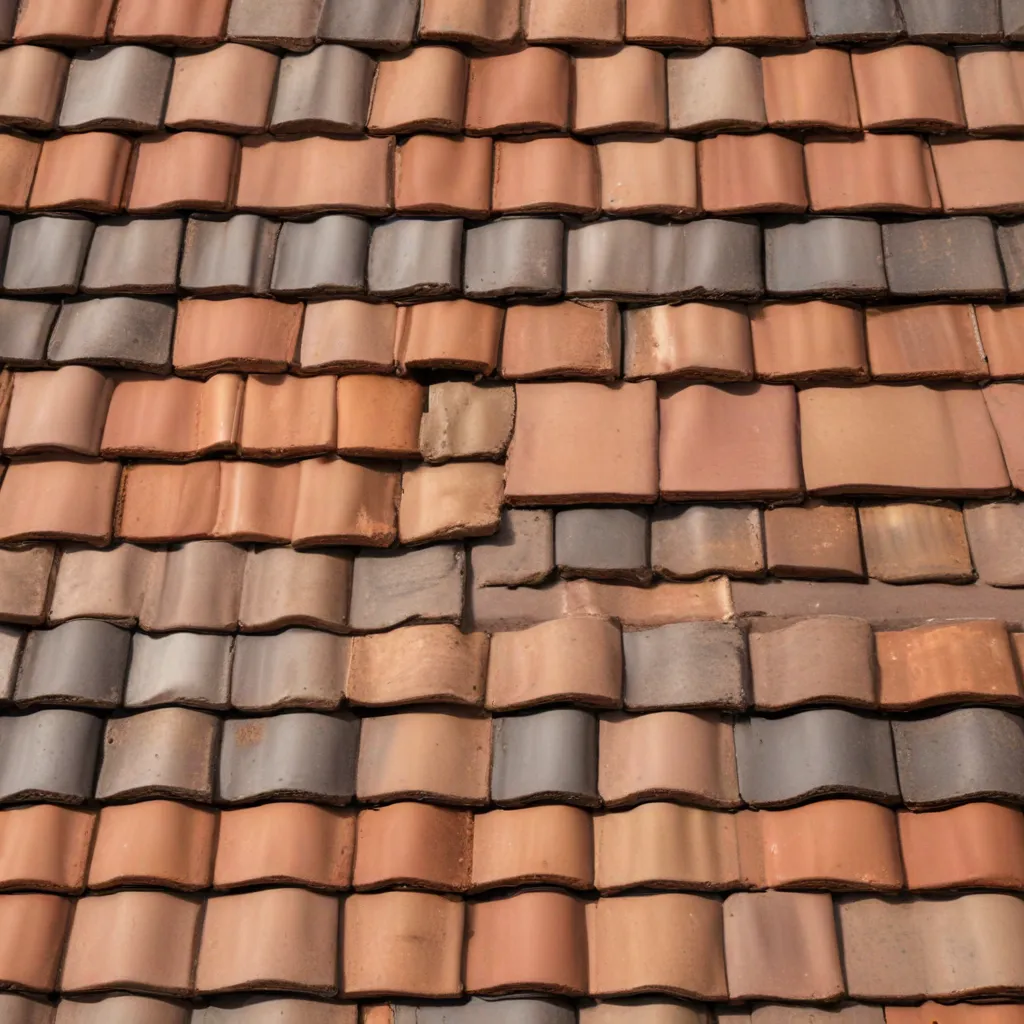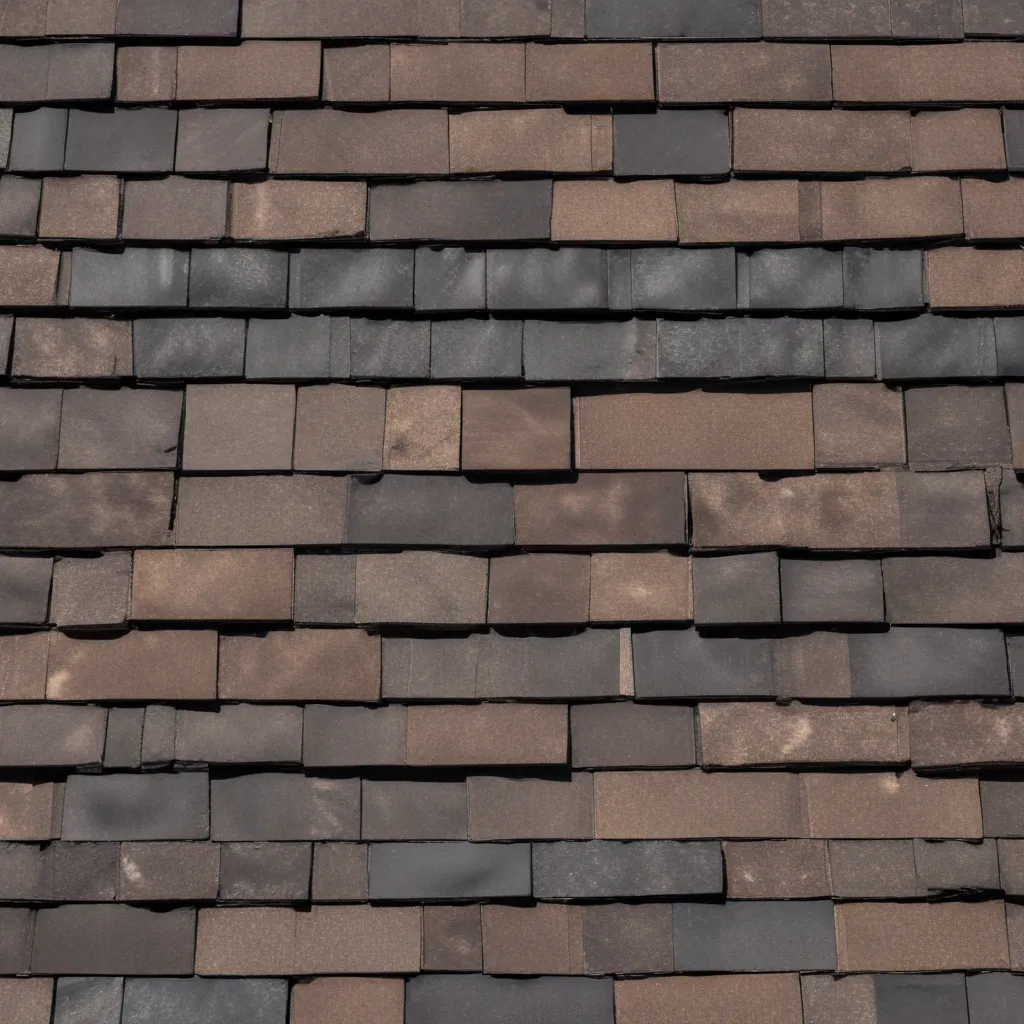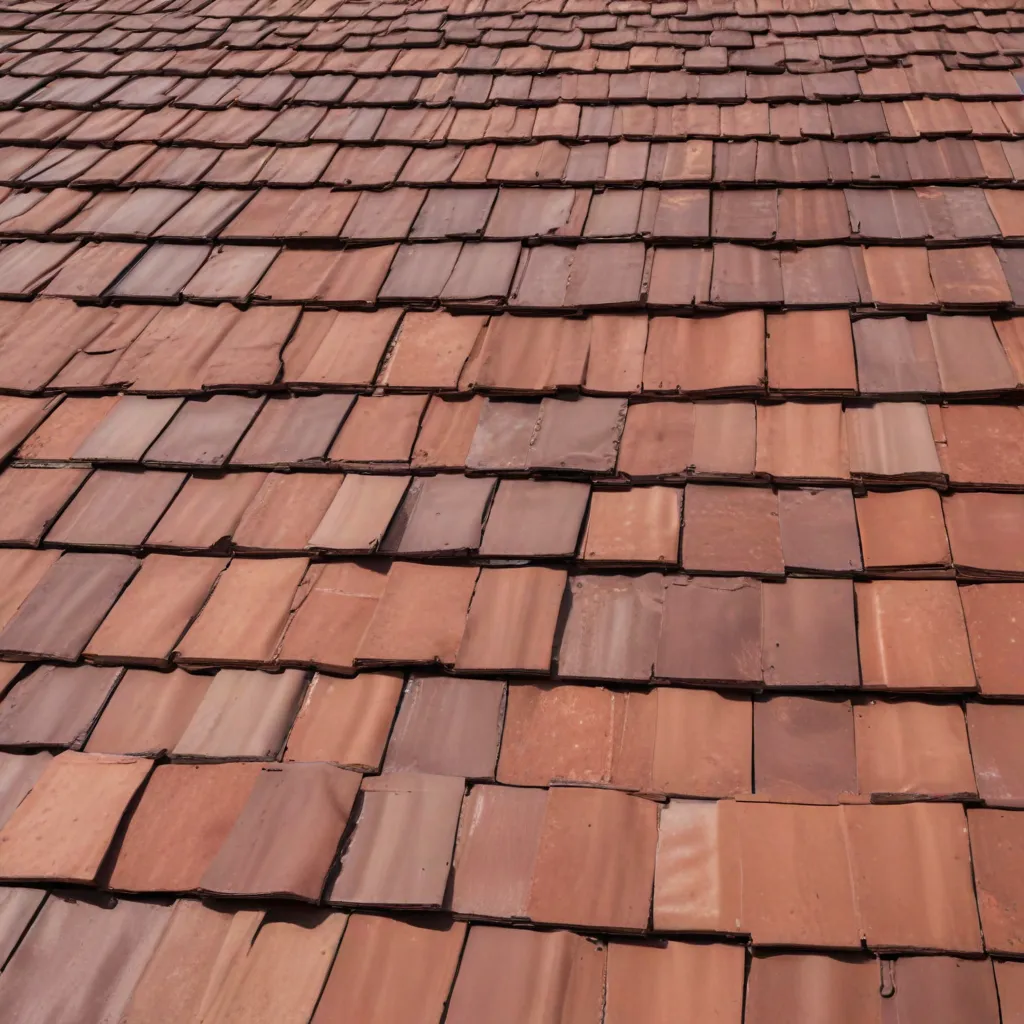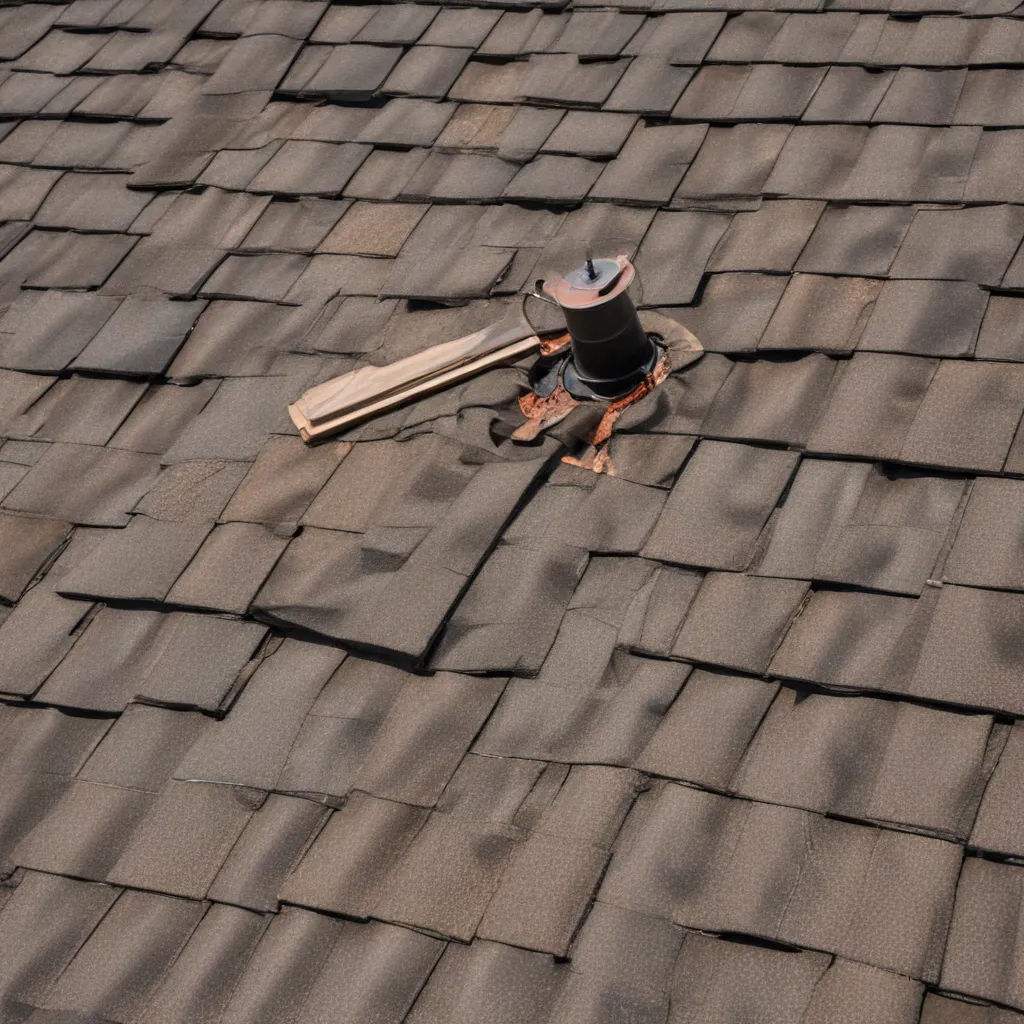
Preventive Maintenance Techniques
Maintaining the health and efficiency of your commercial roof is crucial for safeguarding your building’s structural integrity, energy performance, and long-term cost savings. One of the foundational elements of effective roof maintenance is implementing a comprehensive preventive maintenance program. This proactive approach involves regularly inspecting the roof system to identify and address minor issues before they escalate into costly problems.
A well-designed preventive maintenance routine should include a thorough examination of the roof’s flashings, sealants, fasteners, and overall condition. By carefully monitoring these critical components, you can promptly address any signs of wear, tear, or potential leaks. Additionally, clearing debris, pruning vegetation, and ensuring proper drainage can significantly enhance the roof’s lifespan and energy efficiency.
Roof Inspection Protocols
Conducting regular roof inspections is a cornerstone of effective maintenance. These assessments should be performed by experienced professionals who can meticulously examine the roof’s surface, underlayment, and ventilation systems. During these inspections, the experts will closely evaluate the membrane, insulation, and overall structural integrity of the roof.
By implementing a comprehensive inspection regimen, you can gain valuable insights into the roof’s condition and proactively plan for any necessary repairs or upgrades. These inspections should be scheduled at least twice a year, ideally before and after the peak weather seasons, to ensure your roof is prepared to withstand harsh environmental conditions.
Identifying Common Roof Issues
Proactive maintenance and regular inspections can help you identify and address a variety of common roofing issues. Some of the most prevalent problems include ponding water, membrane deterioration, fastener failure, and improper ventilation.
Addressing these concerns promptly is crucial, as they can lead to accelerated roof degradation, energy inefficiency, and potentially costly water damage. By addressing these issues through timely repairs or upgrades, you can significantly extend the lifespan of your commercial roof and enhance its overall performance.
Insulation Enhancements
Improving the insulation of your commercial roof is a strategic investment that can yield substantial long-term energy savings. By upgrading to high-performance insulation materials, you can enhance the building’s thermal efficiency, reducing the demand for heating and cooling and ultimately lowering your energy bills.
When selecting insulation upgrades, consider factors such as R-value, moisture resistance, and compatibility with your existing roof system. Consulting with experienced roofing professionals can help you identify the most appropriate insulation solution for your specific building and climate conditions.
Reflective Roof Coatings
Another effective strategy for improving the energy efficiency of your commercial roof is the application of reflective roof coatings. These specialized coatings are designed to improve the thermal emissivity of the roof surface, effectively reducing the amount of solar radiation absorbed by the building.
By reflecting a greater portion of the sun’s heat, reflective coatings can significantly decrease the building’s cooling load, leading to substantial energy savings. Additionally, these coatings can help extend the lifespan of the roof by protecting the underlying materials from UV degradation and weathering.
Ventilation Improvements
Ensuring proper ventilation is a crucial aspect of maintaining a high-performing commercial roof. Adequate ventilation not only helps regulate the temperature within the building but also plays a vital role in preventing moisture buildup and premature roof deterioration.
Consider upgrading or optimizing your roof’s ventilation system by installing ridge vents, gable vents, or power ventilators. These measures can improve air circulation, enhance moisture management, and ultimately extend the service life of your commercial roof.
Repair vs. Replacement Considerations
When it comes to managing the lifecycle of your commercial roof, it’s essential to carefully evaluate the need for repairs versus a complete replacement. Factors such as the roof’s age, condition, and the extent of any damage should be carefully considered.
In some cases, targeted repairs may be sufficient to address specific issues and extend the roof’s lifespan. However, if the roof is nearing the end of its useful life or the repairs required are extensive, a full replacement may be the more prudent long-term solution.
Budgeting for Roof Maintenance
Developing a comprehensive budget for roof maintenance is crucial for ensuring the longevity and energy performance of your commercial building. This budgeting process should account for a variety of factors, including the size and complexity of the roof, the materials used, and the expected lifespan of the system.
By allocating resources for regular inspections, preventive maintenance, and timely repairs, you can significantly reduce the risk of costly, unexpected roof failures and minimize the overall lifecycle cost of your commercial roof. Consulting with experienced roofing professionals can help you establish a realistic maintenance budget that aligns with your building’s unique needs.
Proactive Planning Strategies
Adopting a proactive approach to roof maintenance and lifecycle management can yield substantial benefits for your commercial building. By incorporating preventive maintenance, strategic upgrades, and comprehensive budgeting into your long-term planning, you can create a sustainable and energy-efficient roofing system that serves your building’s needs for years to come.
Remember, investing in the health and performance of your commercial roof is an investment in the overall success and longevity of your business. By partnering with the experts at Genuine Roof Systems, you can unlock the full potential of your commercial roof and ensure it delivers unparalleled energy efficiency and durability.
Green Roofing Systems
In the realm of sustainable roofing solutions, green roofing systems have emerged as a cutting-edge option for commercial buildings. These innovative roofs incorporate a layer of vegetation, soil, and drainage components atop a traditional roof structure, offering a multitude of environmental and energy-saving benefits.
Green roofs can significantly reduce a building’s cooling load by absorbing and transpiring solar radiation, leading to lower energy consumption and costs. Moreover, they contribute to stormwater management by slowing and filtering runoff, aiding in flood mitigation and promoting groundwater recharge.
Beyond their practical advantages, green roofs also provide aesthetic and ecological benefits, creating valuable urban green spaces and habitats for local flora and fauna. When properly designed and maintained, these sustainable roofing systems can serve as long-lasting, low-maintenance, and environmentally-friendly solutions for commercial buildings.
Solar Integration
Integrating solar photovoltaic (PV) systems into commercial roofing is another innovative approach to enhancing energy efficiency and sustainability. By leveraging the extensive surface area of commercial roofs, building owners can harness the power of the sun to generate renewable electricity, reducing their reliance on traditional grid-supplied energy.
Solar roofing systems, whether in the form of integrated solar tiles or roof-mounted solar panels, can significantly offset a building’s energy consumption and carbon footprint. Additionally, these systems can be designed to work seamlessly with the roof’s structure, minimizing the impact on the building’s aesthetic appeal.
Environmentally-Friendly Materials
When selecting materials for commercial roofing systems, it’s essential to consider their environmental impact and long-term sustainability. Innovative roofing products, such as metal roofs made from recycled content or asphalt shingles with bio-based components, offer eco-friendly alternatives to traditional roofing materials.
These sustainable options not only contribute to a building’s green credentials but also support the broader environmental initiatives of the commercial sector. By choosing materials that are recyclable, renewable, or have a reduced carbon footprint, building owners can demonstrate their commitment to sustainability while enjoying the benefits of a high-performance roofing system.
At Genuine Roof Systems, we understand the importance of balancing energy efficiency, durability, and environmental responsibility in commercial roofing. Our team of experienced professionals is dedicated to providing tailored solutions that cater to the unique needs of your building, ensuring that your roof delivers long-term performance and cost savings. Contact us today to learn more about our comprehensive range of roofing services and how we can help you achieve your sustainability goals.

